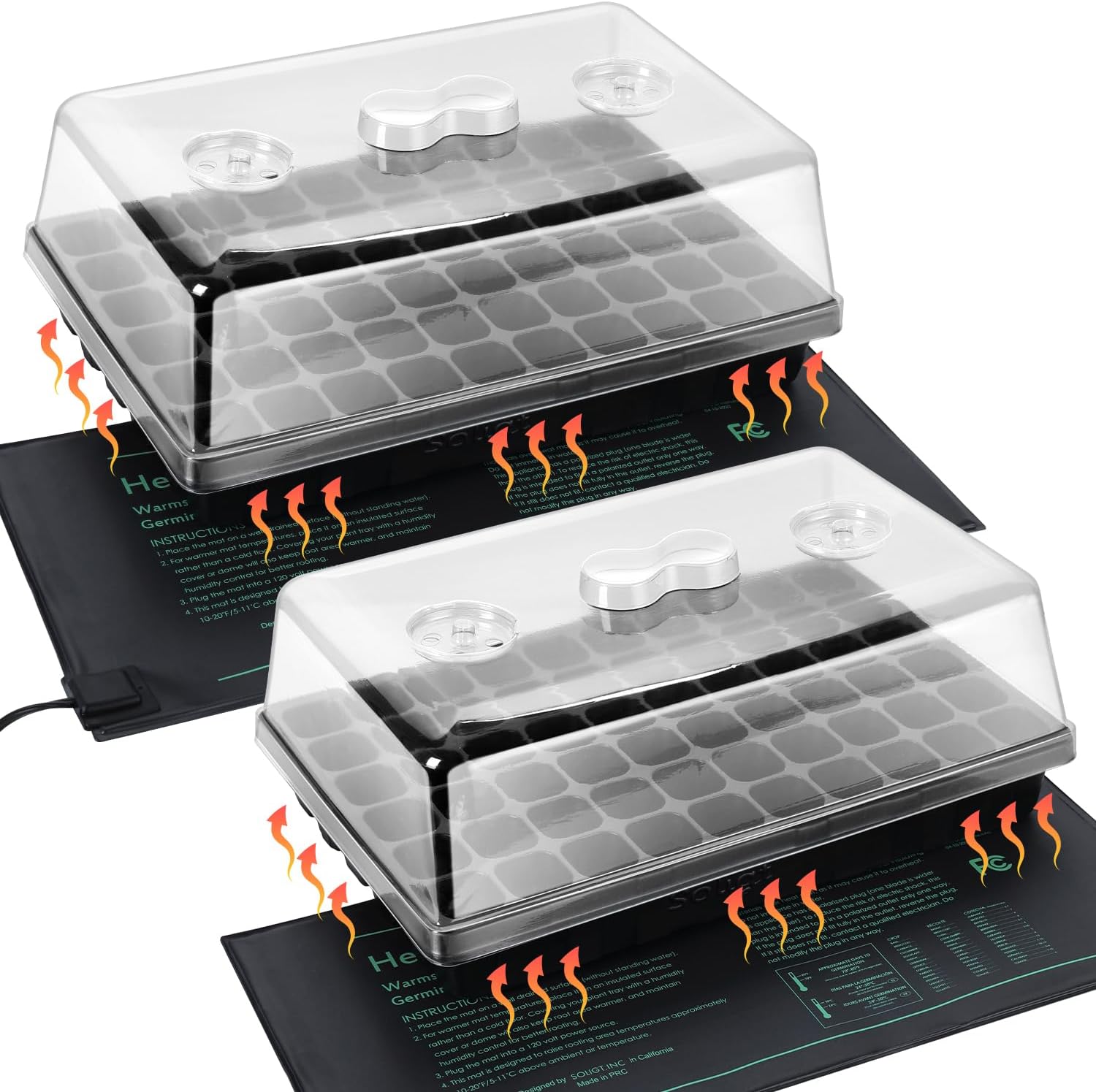How to grow chia seeds – top tips for producing these healthy grains
Follow our simple guide for growing chia plants at home and harvesting nutritious chia seeds
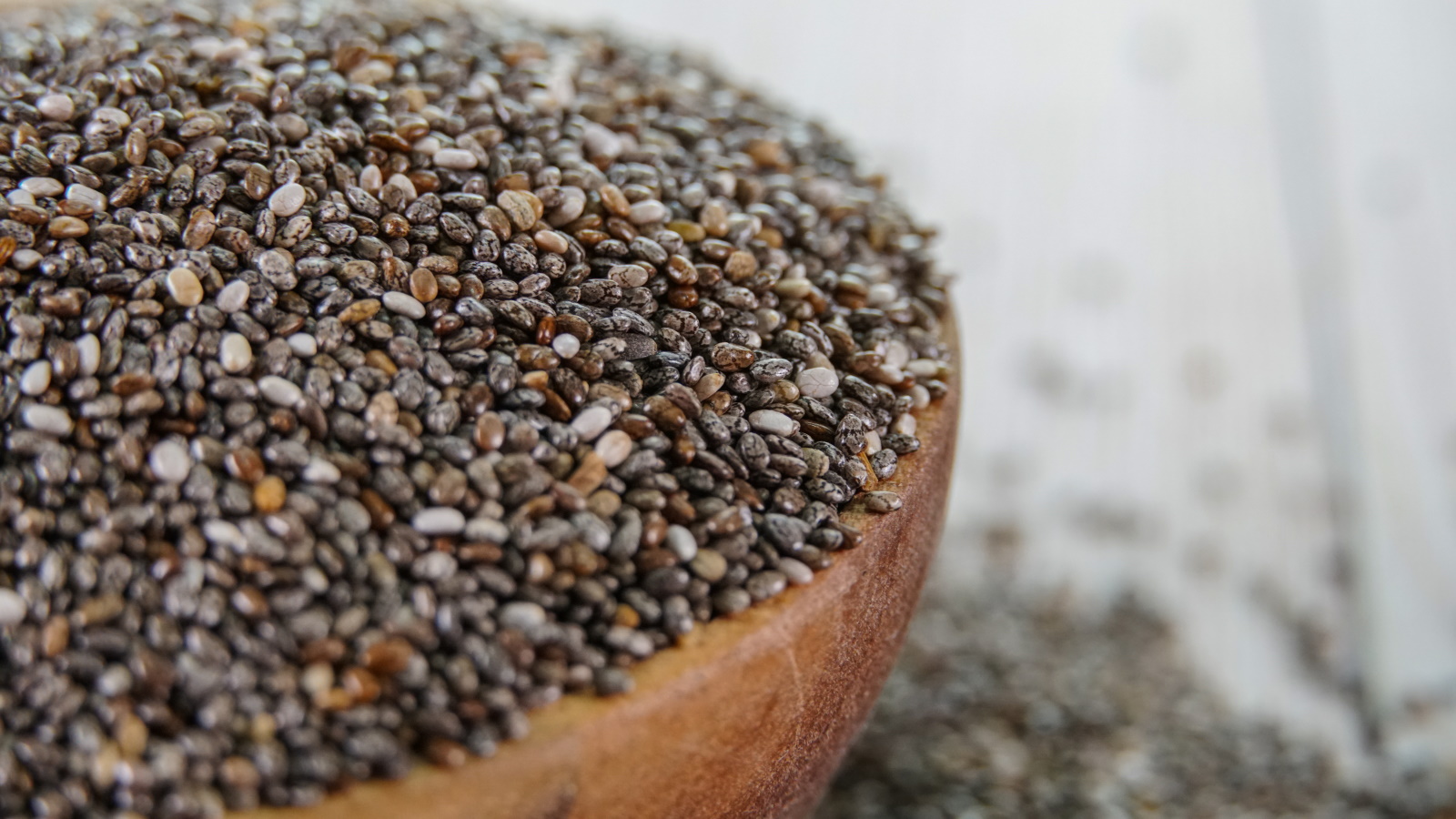

Much has been made of the nutritional benefits of chia seeds. Tiny yet mighty, chia seeds rightly enjoy superfood status, and are now widely available for us to consume and benefit from.
It is possible to grow your own chia plants, from which this year you can harvest chia seeds from your own plot. What could be better than sprinkling your own homegrown superfood on your porridge, salad or mixed in a smoothie?
The popularity of chia seeds is not a new thing, cultivated first by the Aztecs and Mayans thousands of years ago for use in food and medicine. They have remained popular in Central and South America, and over the last few decades the tiny brownish-black and white seeds have taken the world by storm. They are noted for promoting heart health and as a source of fibre, loaded with antioxidants and high in fatty acids.
Chia seeds are the product of the herbaceous annual Salvia hispanica, native to Mexico and Guatemala. Best treated as an annual flowering plant, completing a full growth cycle in one year, this low maintenance salvia will not only produce chia seeds, but will fill your borders with a mass of purple-blue flowers that will hum with insect activity in the summer months. As a plant of Central America, Salvia hispanica thrive in warm climates, typically in US hardiness zones 8 - 11, but as with most salvia plants, they will tolerate mild conditions. Plants are able to survive dry conditions, and require very little attention once grown.
Read on to find out our top tips on growing this superfood, right in your own backyard.
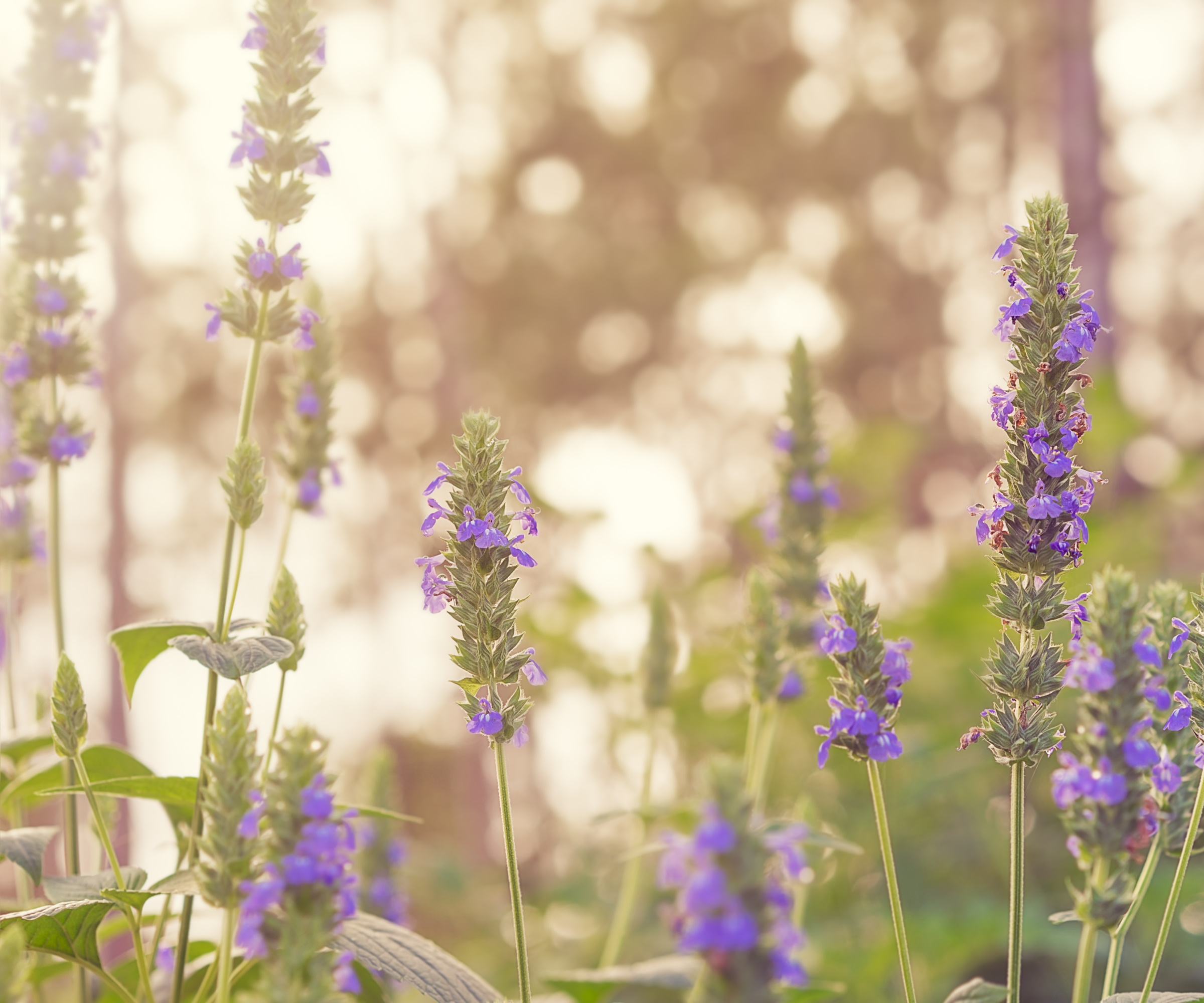
How to grow chia seeds at home
Follow the simple steps below to grow Salvia hispanica plants at home, and harvest your own chia seeds this summer.
How to germinate and handle chia seedlings
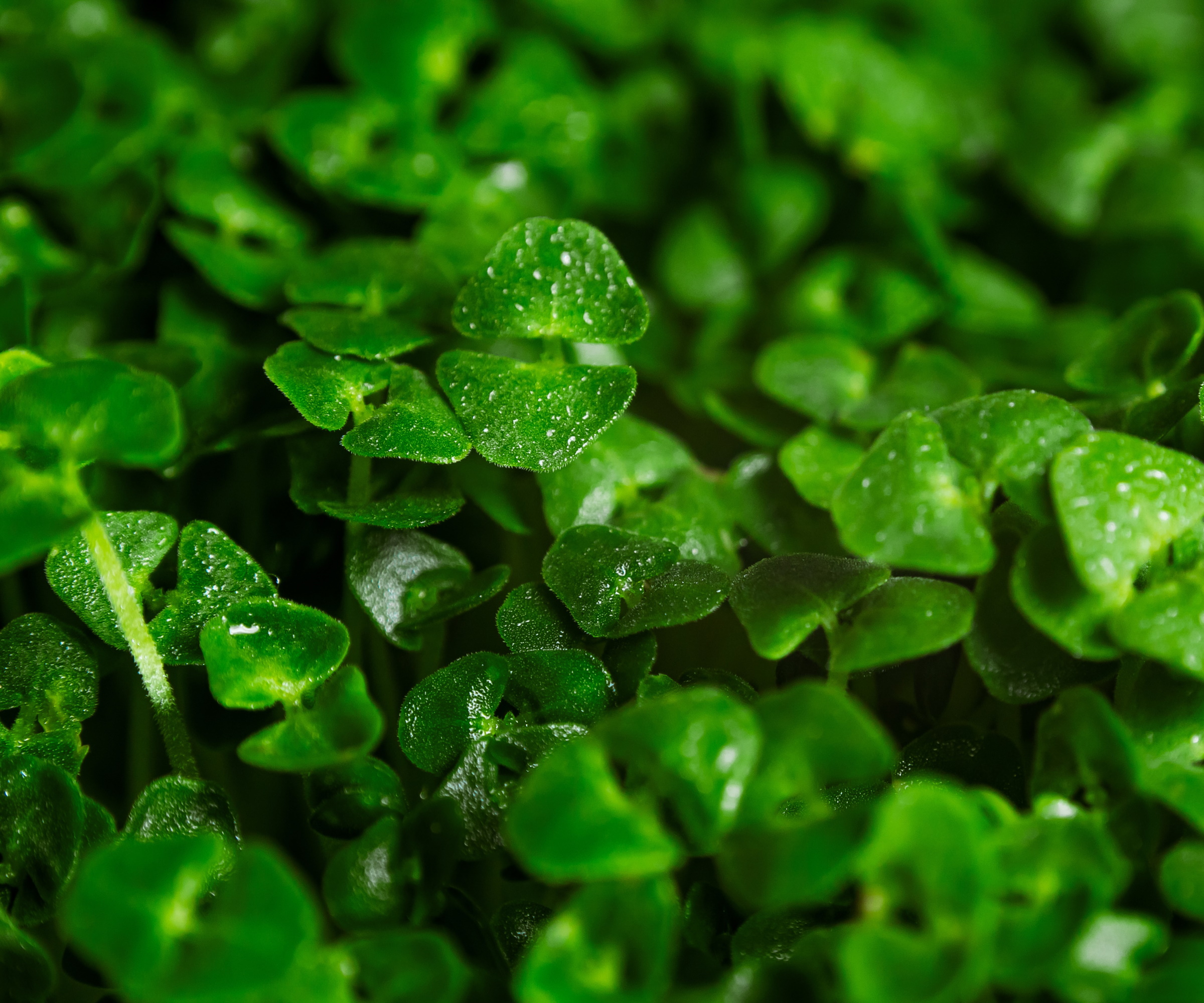
Pick up a bag of raw chia seed, either from your pantry or local store. To prepare, 'soak a handful of seed in water for 2-3 hours,' says gardening expert and co-founder of Garden Girls, Jen McDonald.
Doing so softens the hard casing of the seeds. Once soaked, the seeds will turn jelly-like in texture. Using a teaspoon, gather a small amount of seed to grow in a seed tray filled with a prepared seed compost mix. Taking time to evenly and thinly space the seed is important, to avoid sowing too much. Carefully place the seed on top of the soil mix and then cover with a very fine layer of the mix. Lightly water and remember to label your seed tray.
Chia can be grown under glass or indoors, using a heated propagation mat. Once sprouts appear, continue to water sparingly, particularly in the colder months, but be aware that growing indoors, seed trays can dry out quickly.
'The most common mistake in growing chia seeds is actually overwatering,' Jen says. 'Can you over-love your plants? Yes.' Once seedlings are big enough to handle, repot them to their own small container. As chia is a tender crop, only move your plants outdoors when there is no risk of frost.
Chia can grow up to six ft tall and three ft wide, so they can take up a fair amount of space in your borders. Pick a spot that is in full sun and where they will not crowd out other plants. 'Growth will continue through spring with warm, sunny conditions,' Jen says. 'Adding in a bit of organic compost will aid in growth.'
The summer months will be full of purple-blue flowers, and pollinators will thank you for the flower spikes and their nectar-rich offerings.
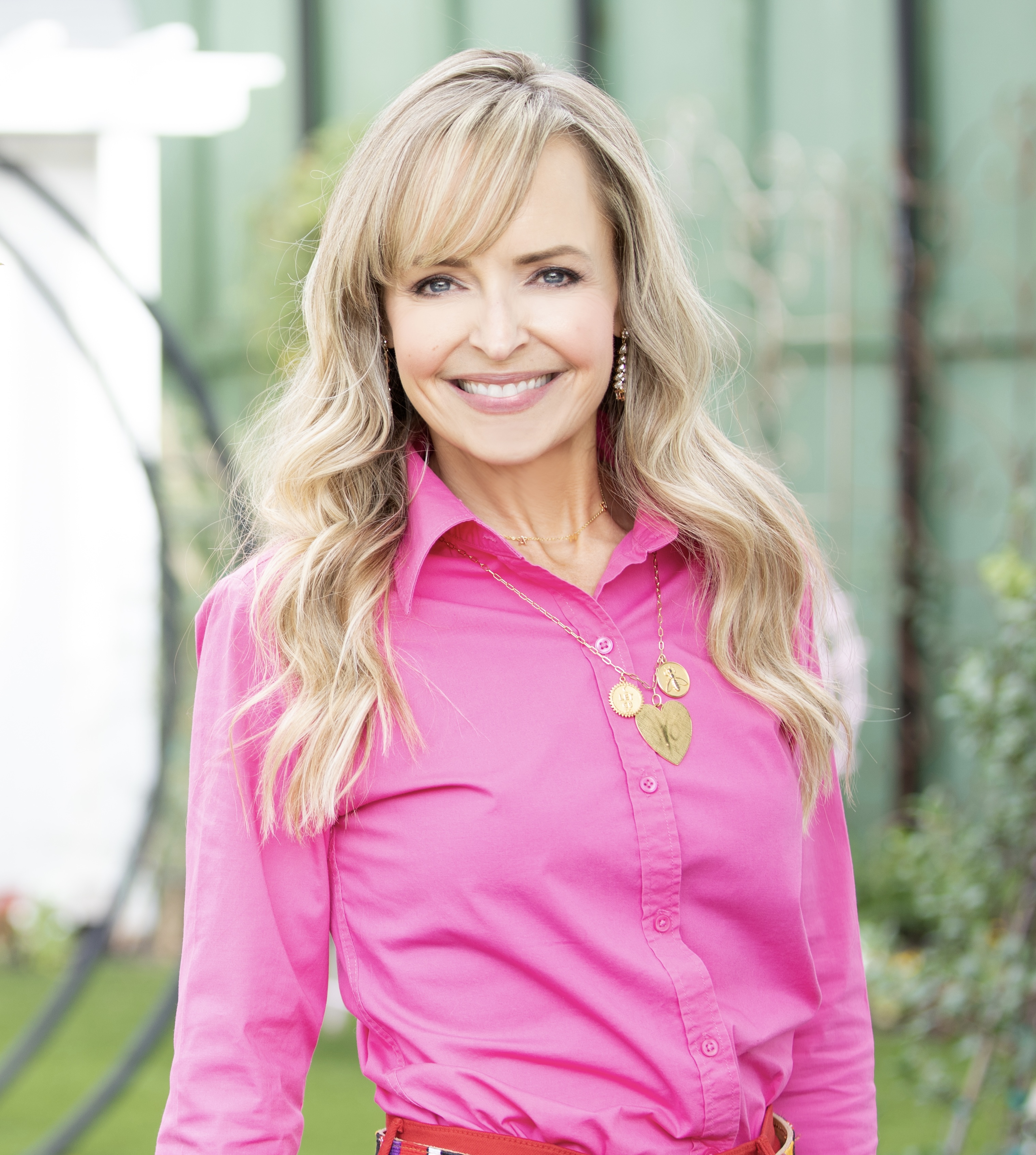
Jen McDonald is a garden expert and co-founder of Garden Girls, based in Houston, Texas. With 14 raised beds and over 400 square feet of growing space, she grows everything from amaranth to peanuts, cut flowers to cucumbers.
Harvesting your chia seeds
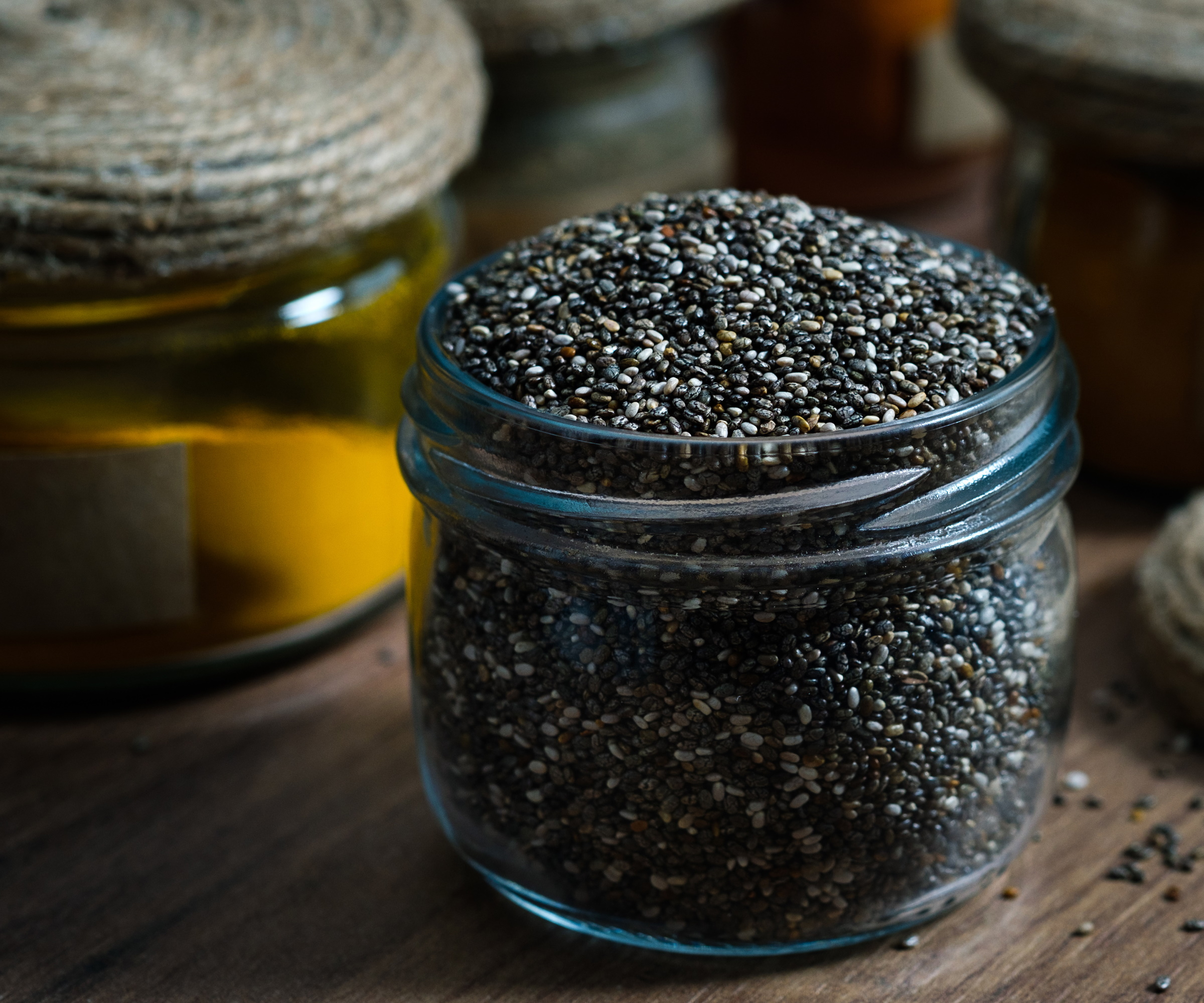
To harvest chia seeds, collect the flowers of Salvia hispanica when they lose their petals and start to dry, approximately 120 days after germination. Using secateurs, cut fading flower stems off just below the flower spike. Place the flower spike in a paper bag in a dry, warm place, such as a storage shed or garage, and wait for the flowers to completely dry.
After three days, carefully shake the bag to release the seeds. removing any large bits of debris. Then, using a fine mesh strainer, you can loosen any remaining chia seeds, sifting off any final unwanted material. Once fully dried, chia seeds can be stored in an airtight container, such as a jam jar, and placed on a cool, dry shelf, ready for you to enjoy.
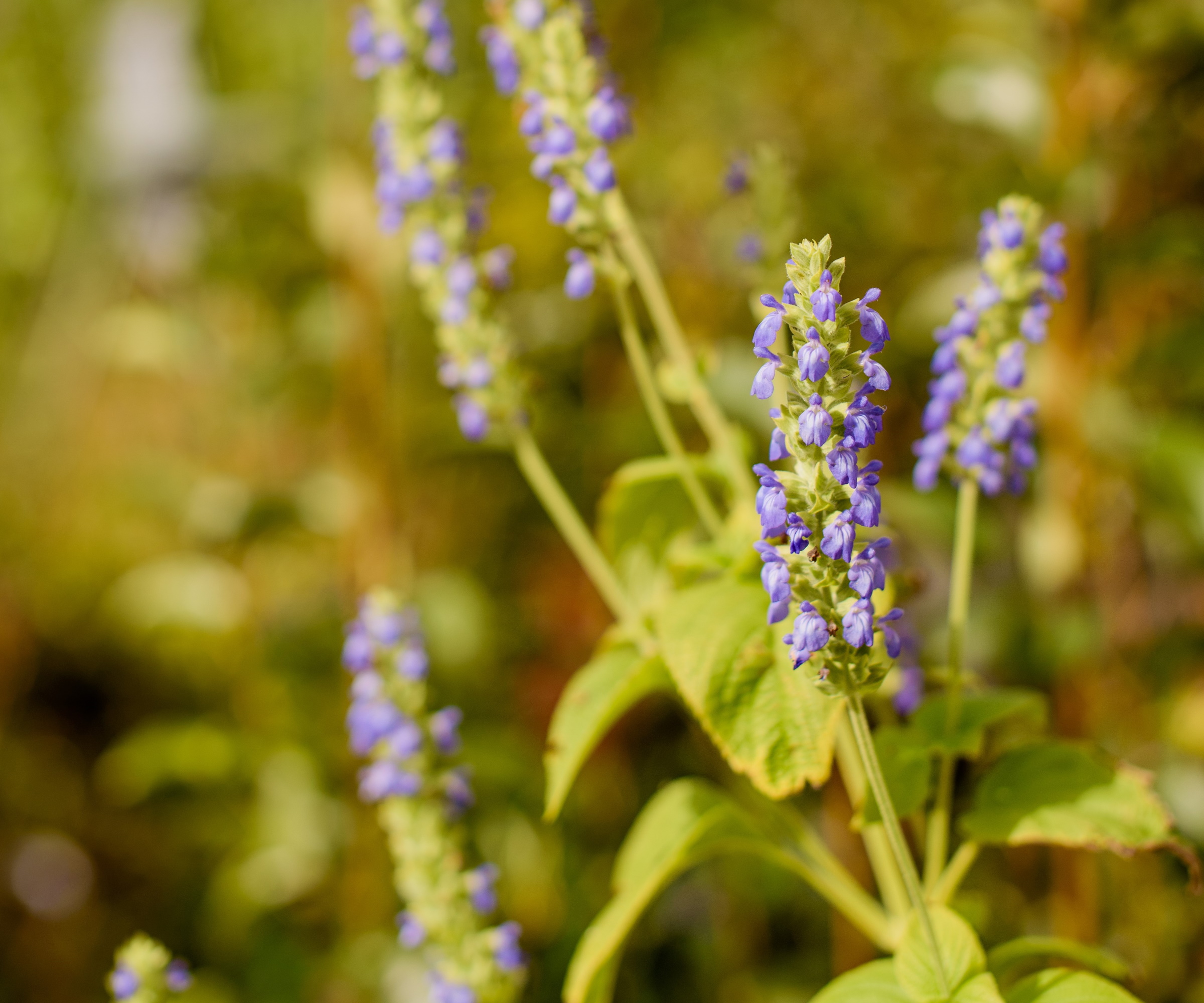
FAQs
When is the best time to sow chia seeds?
You can germinate chia seeds indoors, on a heated propagation mat at any time, but seedlings should not be moved outdoors until the risk of frost is over. Seeds can take 4-6 weeks to germinate.
Can I grow chia plants in a container?
Yes, you can grow Salvia hispanica in a container. These plants would require a medium-large pot, as they can reach 6ft tall and 3ft wide. When growing in containers, remember to check on watering more frequently in the summer months.
Growing your own superfood at home is possible, and it is not just of benefit to you, but pollinators will also enjoy the nectar-rich flowers. This year, enjoy the benefits of harvesting your own chia seeds, which can be eaten raw or prepared in a number of dishes. Why not give it a go, and add chia to your plant list this year?
Sign up to the Homes & Gardens newsletter
Design expertise in your inbox – from inspiring decorating ideas and beautiful celebrity homes to practical gardening advice and shopping round-ups.

Thomas is a Content Editor within the Gardens Team at Homes and Gardens. He has worked as a professional gardener for both public spaces and private estates, specializing in productive gardening, growing food and flowers. Trained in Horticulture at the Garden Museum, he has written on gardening and garden history for various publications, including The English Garden, Gardens Illustrated, Hortus, The London Gardener and Bloom. He has co-authored a Lonely Planet travel book, The Tree Atlas, due out in 2024.
-
 Are you making the most out of the estate sales in your area? These are the 5 most valuable items you should be shopping for
Are you making the most out of the estate sales in your area? These are the 5 most valuable items you should be shopping forVintage lovers and antique experts share the objects you should always look out for when you're exploring an estate sale
By Eleanor Richardson
-
 How to grow sassafras – for a low-maintenance native tree that can even be planted in shady yards
How to grow sassafras – for a low-maintenance native tree that can even be planted in shady yardsFor an easy-to-grow North American tree, you will not find much better than sassafras
By Thomas Rutter
